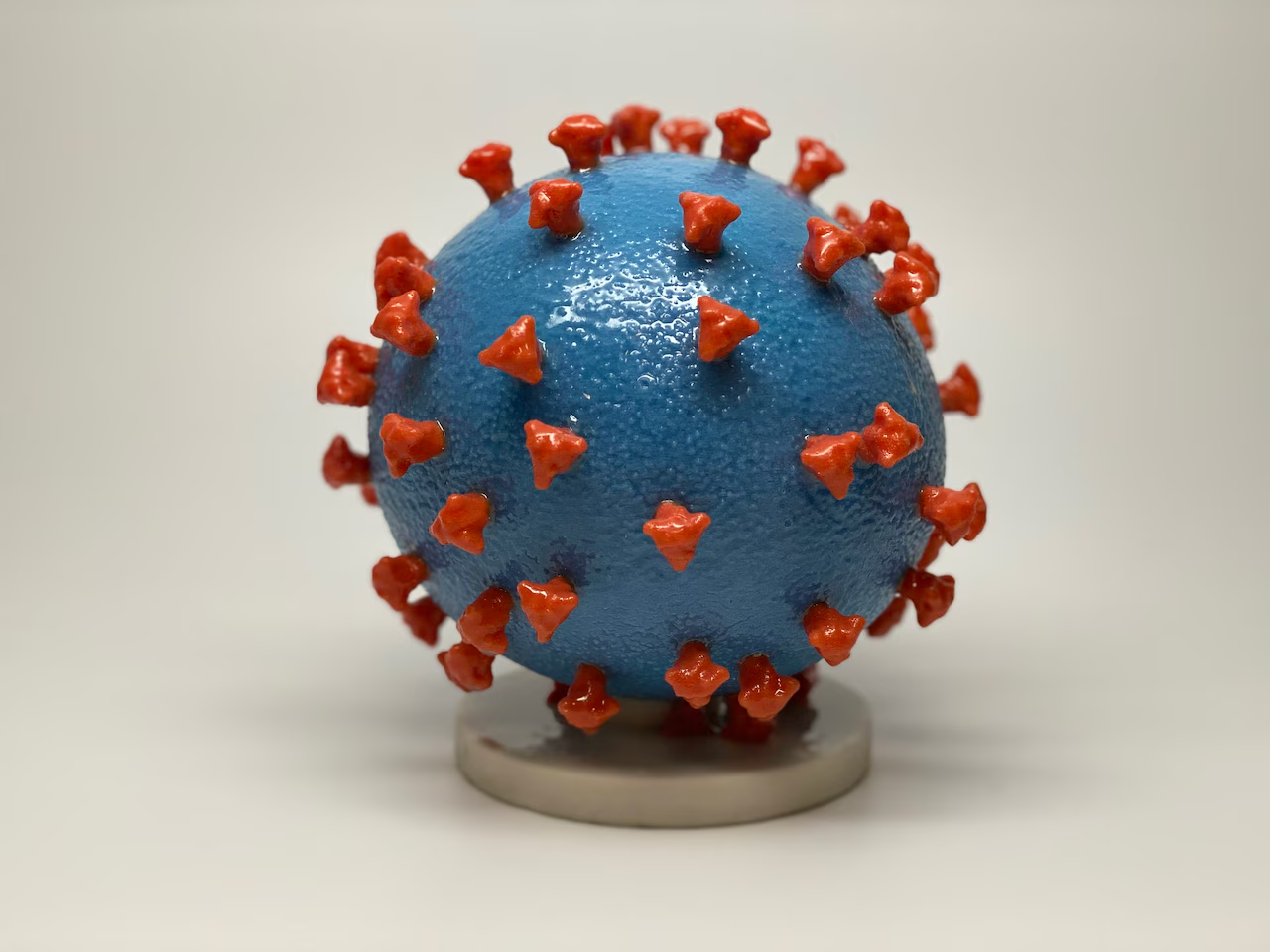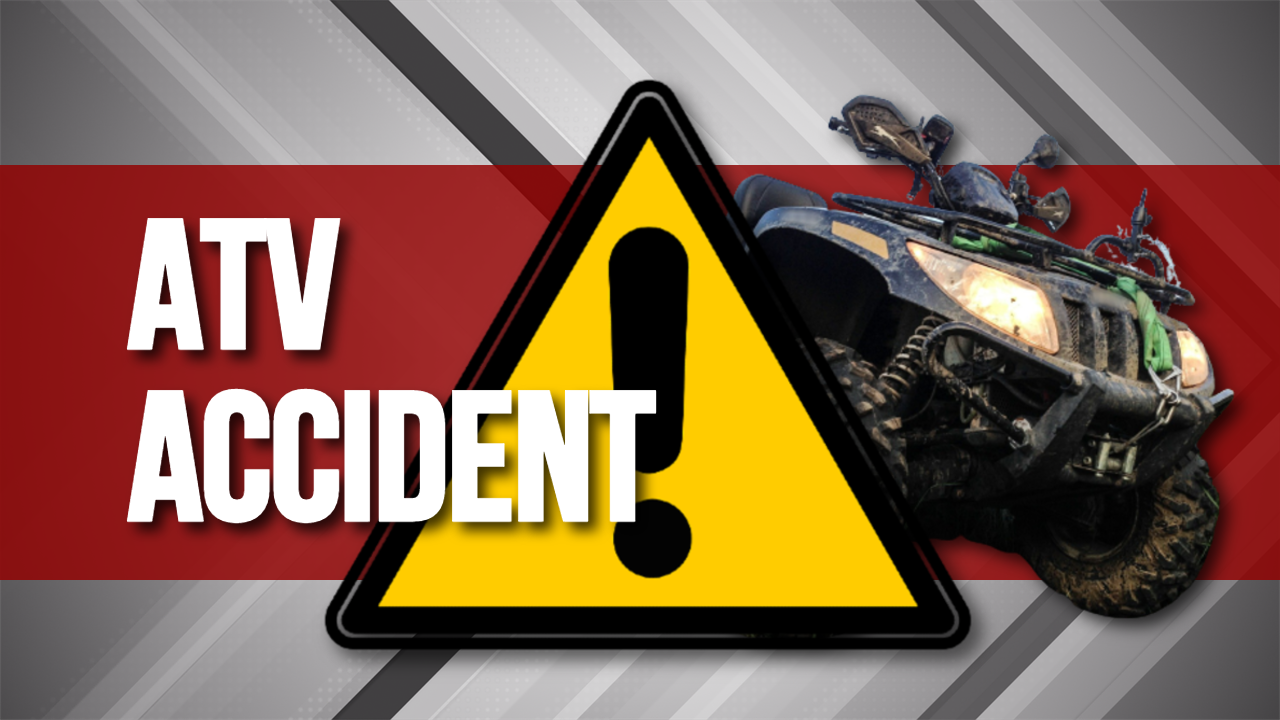 Two New COVID Variants Called ‘FLiRT’ are Spreading:
Two New COVID Variants Called ‘FLiRT’ are Spreading:
What are the Symptoms?
The virus that causes COVID-19 has been listed as a virus particle.
The virus surface (blue), is covered with spike proteins (red) that enable the virus to enter and infect human cells. The spikes on the surface of coronaviruses give the virus family its name – corona – which is Latin for “crown,” and most any coronavirus will have a crown-like appearance.
The family of a variant, called “FLiRT,” after their mutations, are now the dominant strains in the U.S. One of the variants, KP.2, accounts for about 25% of all current infections in the U.S.
Another FLiRT variant, KP.1.1 accounts for some 7.5% behind only three JN strains – one of which, JN.1 – was the predominant strain in the U.S. before being overtaken by KP.2. The FLiRT variants – KP.2 and KP.1.1 – appear to be highly transmissible – with current vaccines and immunity from prior infections believed to only provide partial protection, experts said.
Such changes are to be expected, according to the CDC.
What are the symptoms of the newest COVID variants?
The symptoms appear to be similar to those caused by JN.1, which can include:
- Sore throat
- Cough
- Fatigue
- Congestion
- Runny nose
- Headache
- Muscle aches
- Fever or chills
- New loss of sense of taste or smell
- Shortness of breath or difficulty breathing
- Nausea or vomiting
- Diarrhea
COVID patients have reported a wide range of symptoms – from MILD to SEVERE, typically appearing 2 to 14 days after exposure.
(www.AL.COM)




